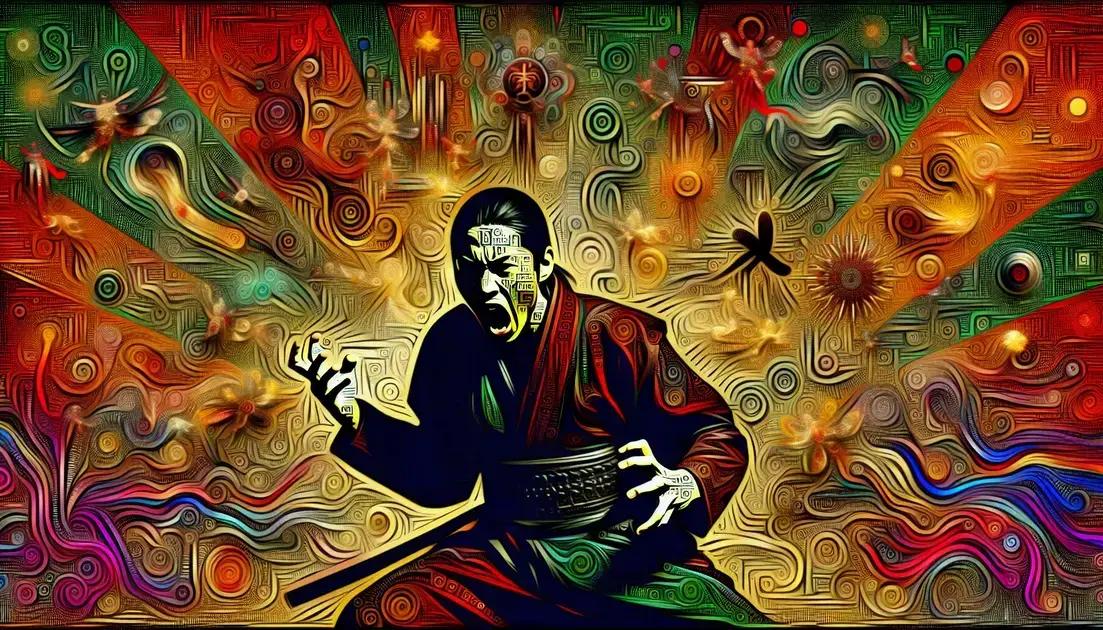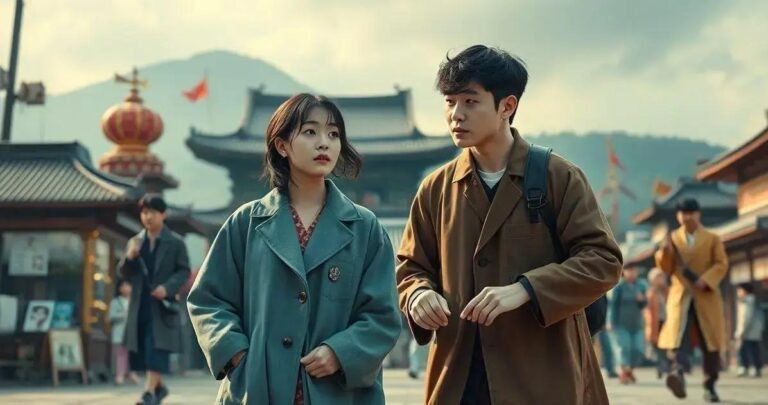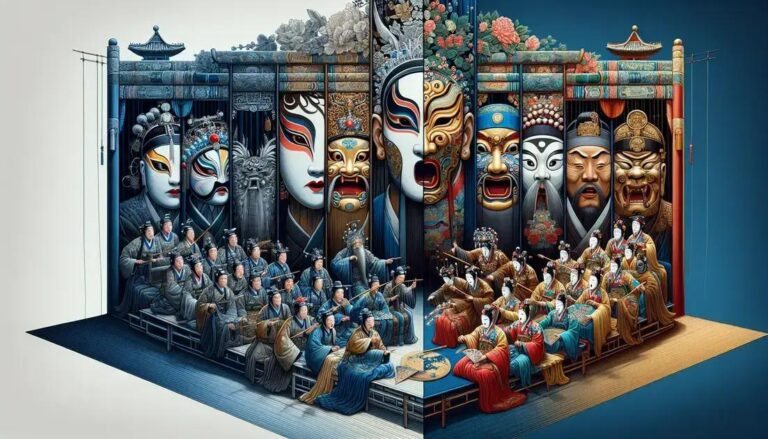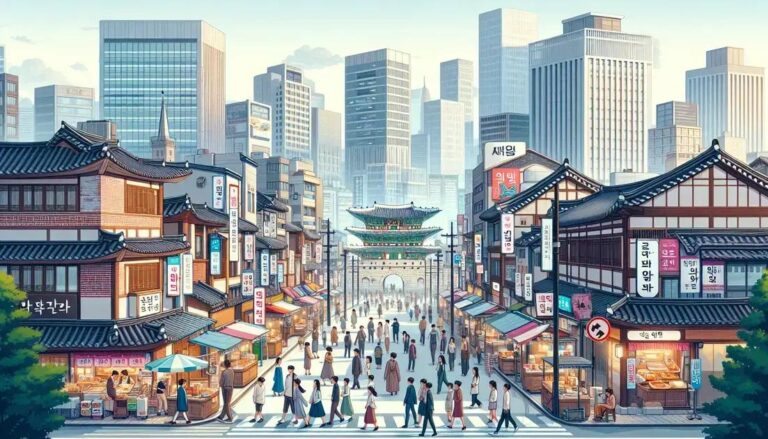How Doramas Use Visual Metaphors to Tell Engaging Stories Unraveled
Anúncios
**Visual metaphors** play a crucial role in the narrative style of **doramas**. These Asian dramas utilize unique imagery to convey deeper meanings and emotions, capturing the audience’s attention right from the start. In this article, we’ll explore how these metaphors enrich storytelling by delving into various aspects such as key elements, symbolism, and visual techniques. By understanding these components, viewers gain a profound appreciation for the artistic nuances of doramas. Continue reading to discover the fascinating world of visual storytelling in your favorite shows.
Understanding Visual Metaphors in Doramas
Visual metaphors in doramas are powerful storytelling tools, offering viewers insight into the underlying themes and emotions presented on screen. They are used to represent concepts that may be challenging to express directly. These metaphors often involve symbolic imagery such as the play of light and shadow, colors, or recurring objects that reflect a character’s inner thoughts or the overall mood of a scene.
For example, a scene might utilize the presence of rain to symbolize sorrow or transformation. Similarly, a character standing against a bright sunset can convey hope or new beginnings. Such visuals are not just decorative but integral to understanding the deep emotional currents at play in the narrative.
Through these visual cues, audiences can decipher complex emotions and plot developments, often going beyond the constraints of dialogue to experience a more immersive storytelling experience. This technique is particularly pivotal in doramas, which are known for their rich, emotive narratives that communicate both explicit and nuanced emotions.
Key Elements of Visual Storytelling in Doramas
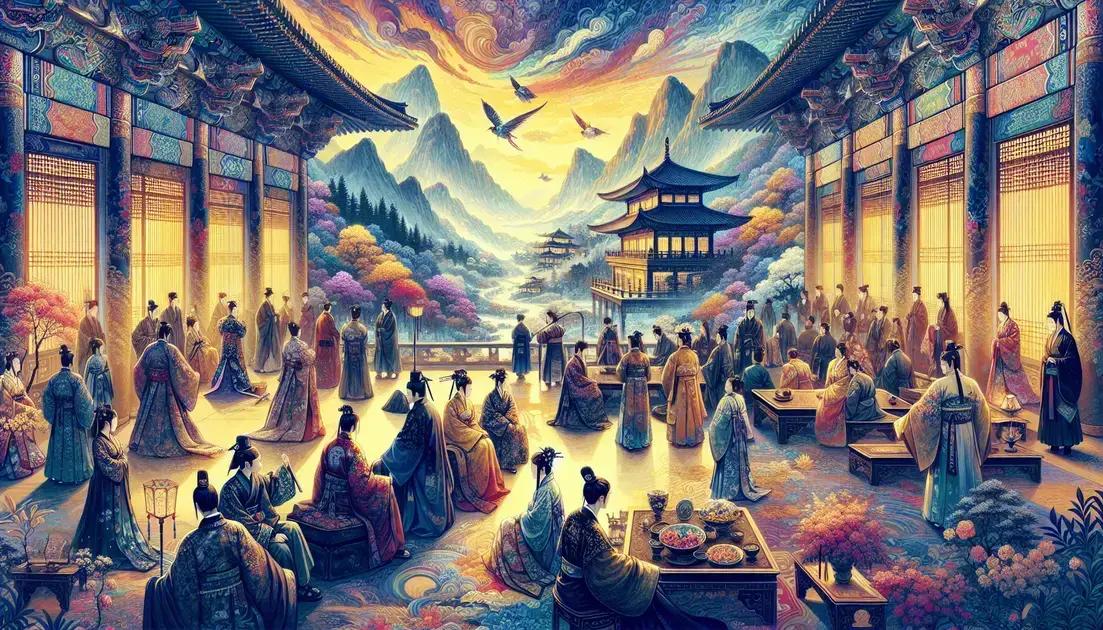
Visual storytelling in doramas relies on several key elements to captivate audiences and enhance the narrative. One crucial component is the use of color. In doramas, colors are not merely aesthetic choices; they convey emotions and indicate character arcs. For example, warm hues like red and orange can portray passion or conflict, while cooler tones suggest calm or introspection.
Another vital element is composition. How characters are positioned within a frame can reveal their relationships or emotional states. A character isolated in a large, empty space may signify loneliness, while a crowded frame with characters close together may suggest tension or unity.
The use of lighting is equally significant. Soft, diffused lighting can create a dreamy or romantic atmosphere, while harsh lighting might depict tension or harsh realities. Shadows can add mystery, highlighting secrets or internal struggles.
Furthermore, the integration of motifs, recurring symbolic images, enriches the story. These motifs help reinforce themes or signal shifts in the plot without verbal explanation, allowing viewers to engage more deeply with the narrative.
The Role of Symbolism in Dorama Narratives
Symbolism in dorama narratives is a powerful tool that adds depth and meaning to the storyline. Objects, colors, and recurring themes often have significant roles, conveying messages beyond the surface plot. For instance, a cherry blossom tree might symbolize the fleeting nature of life and love, resonating with many viewers familiar with its cultural connotations.
Characters often interact with symbolic items that reflect their journey or transformation. A broken mirror can indicate a fractured identity or self-discovery, while a locked door might represent barriers or secrets that a character must confront or uncover. These symbols provide a visual shorthand that enhances the narrative, allowing audiences to glean insights without explicit explanations.
The use of cultural symbols is also prevalent. Traditional settings or garments can evoke a sense of history and tradition, grounding the story in a cultural context. This layer of meaning enriches the viewing experience, creating a tapestry of familiarity and intrigue that captivates audiences.
How Visual Techniques Enhance Dorama Storytelling

Visual techniques in doramas are pivotal in enriching the storytelling process, creating a more immersive experience for the audience. One essential technique is the use of camera angles. Low angles can make a character appear powerful or intimidating, while high angles might suggest vulnerability or oppression. These perspectives allow viewers to feel the intended emotions from the scene.
Framing is another critical technique. Close-ups are often used to highlight emotional nuances, capturing subtle facial expressions that convey a character’s internal state. Meanwhile, wide shots can establish the setting or mood, offering a broader context for the action unfolding.
The use of montage sequences helps to condense time or highlight parallel storylines, building tension or juxtaposition effectively. This technique engages the audience by connecting different plot points visually, enhancing the narrative flow.
Moreover, the application of dynamic lighting can amplify a scene’s emotional tone. Bright, colorful lighting might be used in joyous scenes, while dim, shadowed lighting might convey sadness or mystery. By manipulating these techniques, doramas can weave complex stories that resonate deeply with their audience.
Comparing Dorama Visuals with Western Dramas
Visuals in doramas often differ significantly from those in Western dramas, showcasing distinct artistic and cultural sensibilities. Doramas typically focus on intimate details, using close-ups and subtle expressions to capture the emotional depth of a scene. This technique highlights the character’s inner world, making viewers feel connected to their journey.
In contrast, Western dramas might use grandiose settings and widescreen formats to emphasize the scale and scope of the narrative. The focus is often on dynamic action shots and expansive environments, creating a sense of immersion through the visual scale.
The color palettes also reflect cultural differences. Doramas may favor soft, pastel colors to evoke a sense of tenderness or nostalgia, while Western dramas might employ bolder, more contrasting hues to create dynamic and vivid scenes.
Lighting in doramas tends to be gentle, often depicting a dreamy or romantic atmosphere, whereas Western productions might opt for stark lighting to highlight grit or realism. These visual differences not only define their unique aesthetic but also influence how stories are experienced and interpreted across different audiences.
Visual Metaphor Examples in Popular Doramas
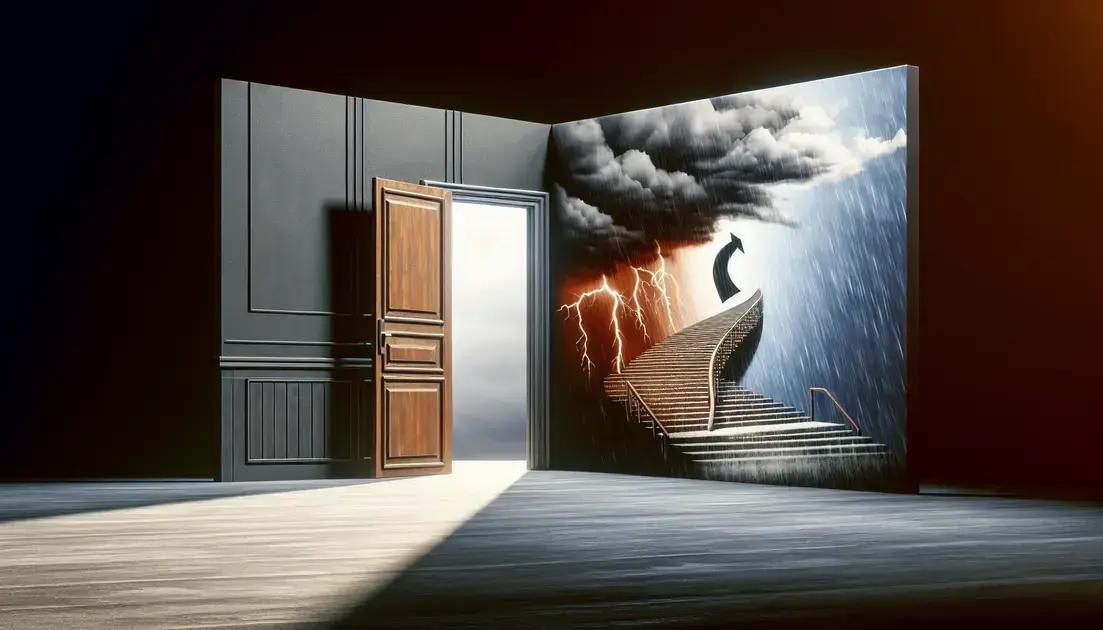
In many popular doramas, visual metaphors are crucial in layering the storytelling experience. One prominent example is in the series “Goblin,” where weather changes mirror the emotional turmoil of characters. Rain often accompanies moments of introspection or sadness, while sunlight follows resolution or joy, illustrating the characters’ internal journeys.
In “Crash Landing on You,” the use of doors and partitions symbolizes separation and connection. Characters are frequently shown against barriers, emphasizing emotional distance. Conversely, open doors reflect newfound understandings or relationships, silently narrating the evolution of personal ties.
“Itaewon Class” showcases the metaphor of climbing stairs as it represents struggle and progress toward goals. The protagonist often climbs stairs to visualize the uphill battle he’s fighting, visually reinforcing his determination and persistence.
These examples demonstrate how visual metaphors in doramas enrich narratives, allowing viewers to engage more profoundly with character arcs and themes through cleverly woven imagery.
Concluding Thoughts on Visual Metaphors in Doramas
Visual metaphors are a pivotal aspect of dorama storytelling, enriching narratives with symbolic depth and emotional resonance. Through diverse techniques like symbolic imagery, cultural symbolism, and visual storytelling methods, doramas captivate audiences worldwide.
By comparing doramas with Western dramas, we can appreciate the unique artistic choices that make doramas stand out. These choices, from the intimate use of camera angles to the strategic shifts in lighting and color palettes, create an immersive experience that enhances the viewing journey.
With popular series offering numerous examples of visual metaphors, viewers are invited into a realm where stories speak through images as much as through dialogue. This visual approach not only engages but also invites reflection, making doramas a beloved genre for many.
Exploring visual metaphors in doramas offers insights into the broader tapestry of storytelling, revealing how small details can convey big emotions and profound messages.

